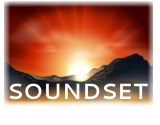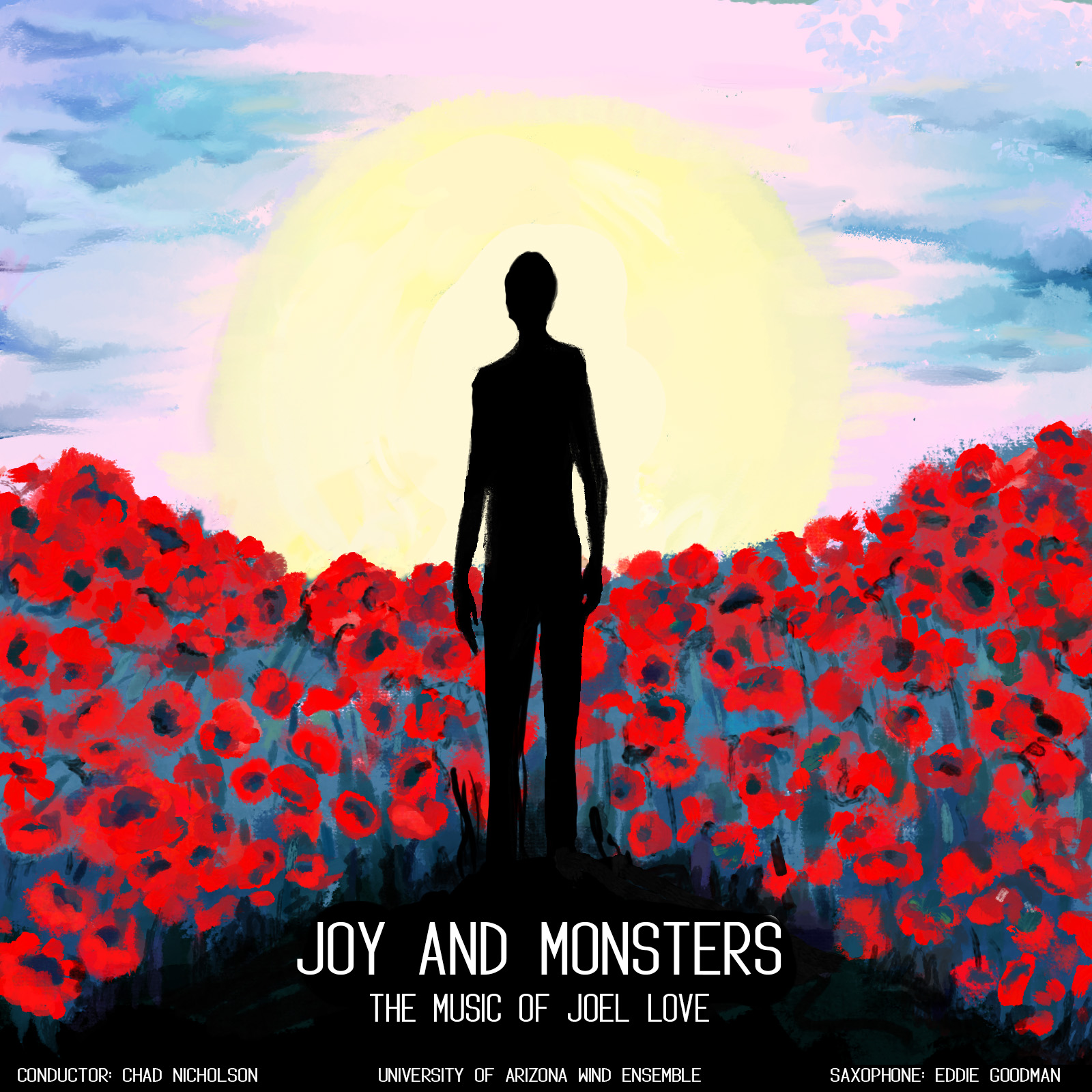
| Physical CD 15.99 US | Digital Download | |
 |  Amazon Amazon |
| Solace: A Lyric Concerto by Joel Love | |||
| Joy | 01. | I. Joy 3:10 With: Edward Goodman - Saxophone | |
| Besieged | 02. | II. Besieged 5:23 With: Edward Goodman - Saxophone | |
| Gratitude | 03. | III. Gratitude 6:18 With: Edward Goodman - Saxophone | |
| Hiding | 04. | IV. Hiding 3:23 With: Edward Goodman - Saxophone | |
| Work | 05. | V. Work 2:38 With: Edward Goodman - Saxophone | |
| Three Images for Wind Ensemble by Joel Love | |||
| Spring | 06. | I. Spring 2:14 | |
| The Golden Hour | 07. | II. The Golden Hour 3:56 | |
| Bed Monsters | 08. | III. Bed Monsters 2:30 | |
Total Playing Time: 29:32 | |||
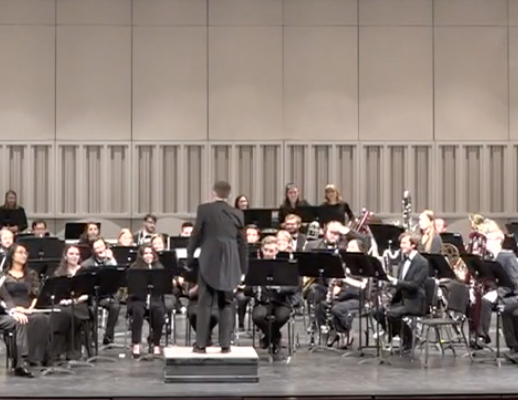
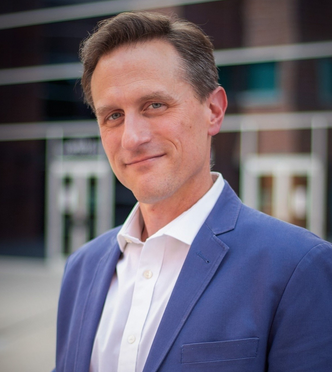
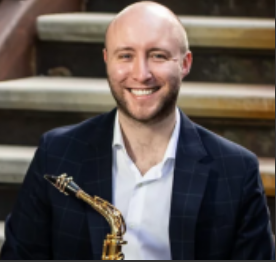
Hailed as "extremely moving" by New Music Box and "especially sweet" by the Austin American Statesman, the music of Joel Love (b. 1982) explores an eclectic mix of genres, from short video pieces to works for chamber and large ensembles.
Joel is a recipient of a 2020-2021 Copland Residency Award. His first work for wind ensemble, Aurora Borealis, was selected as finalist in the 3rd International Franck Ticheli Composition Contest. Joel is also a two-time winner of the PARMA Recordings Composition Contest. Joel was commissioned to write a new work for string quartet, Lightscape, to accompany the opening of famed light artist James Turrell's Austin, TX Skyspace, The Color Inside. The Houston Chronicle commented that it "evocatively captures the emotion of The Color Inside."
Joel’s works have been performed by a number of large and small ensembles (particularly saxophonists and wind ensembles, recently), exhibited at art galleries, and screened at theatres and festivals around the world. Most recently, Solace: A Lyric Concerto has been performed many times by wind ensembles throughout the United States, including the Eastman Wind Ensemble, Northwestern University Symphonic Wind Ensemble, and The US Air Force Band in D.C., among others. He recently wrote a clarinet and bass clarinet duo for the Égide Duo called The Threshold of the Year to Come, which chronicles some of the emotions we have felt throughout the pandemic. To close last year’s Library of Congress’ Stradivari Anniversary Concert, the Miró Quartet used Joel’s arrangement of “Silent Night” as a “sweetly turned encore” (WaPo).
His film scores include the documentary film Stitched, official selection at the 2011 Carmel Art and Film Festival, as well as a short film Kidfellas, “Best Musical Score” at Houston’s 2011 48-Hour Film Project. Last year, Joel's score for Socks in the City won honorable mention for "Best Musical Score" at New York City's 2015 48-Hour Film Project. Other notable collaborations with artists from other disciplines feature a city-wide public art exhibit with artist Karyn Olivier, Inbound: Houston, and a 3-month installation by Prince V. Thomas, On Joy, On Sorrow at the Houston Center for Photography, praised by the Houston Chronicle as ”a beautiful piece that feels cleansing to watch."
Joel recently completed a D.M.A. in Composition from the University of Texas at Austin and holds degrees from The University of Houston's Moores School of Music (M.Music) and Lamar University’s Mary Morgan Department of Music (B.Music). He lives in Houston, TX, where he teaches music at Houston Community College's Southwest location in Stafford, TX.
Solace - A Lyric Concerto
just before I began composing Solace, I had a great set of conversations with the leader of its consortium-commission, Connie Frigo. During our discussions, we talked about how well the saxophone can imitate vocal music and both expressed interest in a new concerto with a significant lyrical element. Early on, she suggested I read David Whyte’s Consolations: The Solace, Nourishment, and Underlying Meaning in Words. Whyte’s work meditates on words themselves, illustrating their deeper meaning, often revealing connections between difficult situations and their unexpectedly positive outcomes. Similarly, each movement meditates on a mood and is inspired by either a selection of text or title word from five consolations, picked by either Connie or me. Throughout the concerto, I challenge the soloist to play lyrically in extreme registers (called the “altissimo” register, which is above the typical, written range of the instrument) and while playing virtuosic passages in five unique sound worlds.
Whyte describes joy as the “the sheer intoxicating beauty of the world inhabited as an edge between what we previously thought was us and what we thought was other than us,”[1] which is where “Joy” takes its inspiration. This movement highlights the soloist’s ability to play difficult syncopations, made even more challenging by their dissonance with the accented beats in mixed, irregular meters.
In “Besieged,” the music expresses a darker sentiment. Whyte’s poem states that “Conscious or unconscious, we are surrounded not only by the vicissitudes of a difficult world but even more by those of our own making.” The saxophone is often pitted against or is competing back-and-forth with the wind ensemble, striving and fighting to overcome. The piece ends just after the climax and segues into the third movement, echoing Whyte’s sentiment that we must sometimes go through difficult challenges to be aware and grateful of what we have.
The third movement is the heart of the concerto. Whyte states that “Gratitude is not necessarily something that is shown after the event, it is the deep, a priori state of attention that shows we understand and are equal to the gifted nature of life.” In “Gratitude,” my goal was to create the most beautiful and lyrical music I could to showcase the gorgeous vocal-like sounds of which the saxophone is capable.
I would have been remiss to neglect any noir or jazz-influenced sounds, as the saxophone is oft-associated with the sounds of jazz and blues. “Hiding” is a scherzo that explores the jazz/funk idiom. Whyte states that Hiding is “creative, necessary and beautifully subversive of outside interference and control…Hiding is the radical independence necessary for our emergence into the light of a proper human future.” This movement is all about groove and its manipulation and the saxophonist, at times, gains a bit of “independence.”
Finally, “Work” is a perpetual-motion technical showpiece. The movement is written in rondo form, which means the “A” part from the beginning returns several times. With every new section, the soloist is presented with a slightly different technical challenge. The inspirational text summates my feeling of writing this concerto and what I imagine the soloist feels as they accomplish this “Work”: “Work among all its abstracts, is actually intimacy, the place where the self meets the world…We make what we make, we give a gift, not only through what we make or do, but in the way we feel as we do, and even, in the way others witness us in our feeling and doing, giving to them as they give to us…”
[1] Whyte, David. 2014. Consolations. Ebook. 1st ed. Langley, WA: Many Rivers Press. Used by permission of Many Rivers Press.
Three Images for Wind Ensemble
This work (WE transcription) is available for purchase at Murphy Music Press, where you can also find a perusal score.
These three movements all explore their own sound worlds. The first movement, “Spring” begins with three simple melodic movements, is through- composed, and is meant to depict a verdant springtime landscape in which people/animals are playing. “The Golden Hour” is a meditation on the image of the sun setting (or rising). In photography, the term “the golden hour” refers to the time just before and after sunrise/sunset, during which daylight is reddish and soft. Lastly, “Bed Monsters” is an unbridled rondo that is evocative of someone or something being chased by a predator. The title comes from my wife, Amelia, who thought it sounded like a monster lurking under the bed (from her childhood...).
This transcription was premiered by the University of Arizona Wind Ensemble, Chad Nicholson, conductor, on Friday, April 26, 2019 in Crowder Hall.
